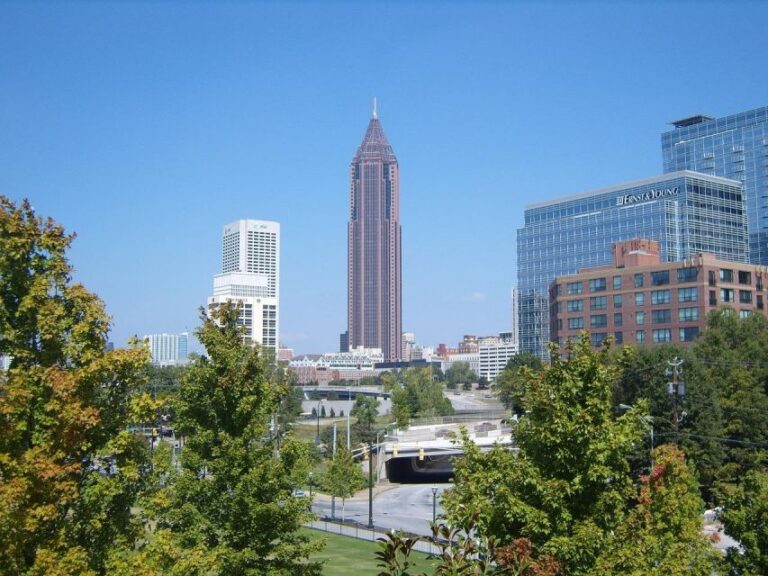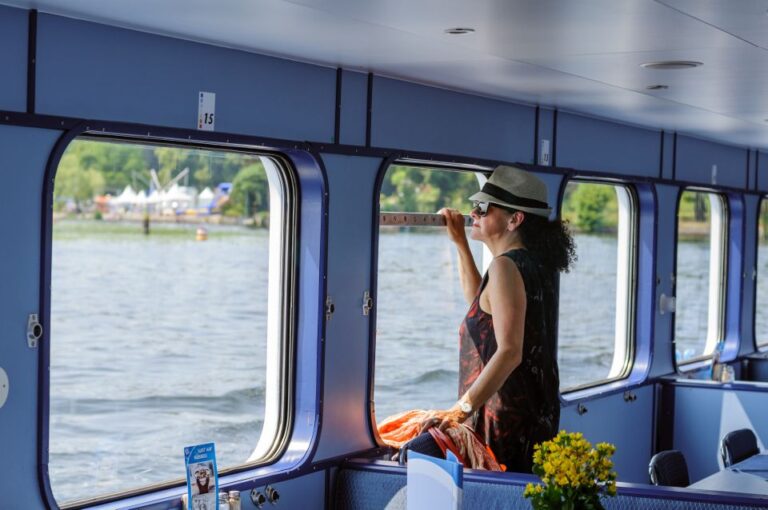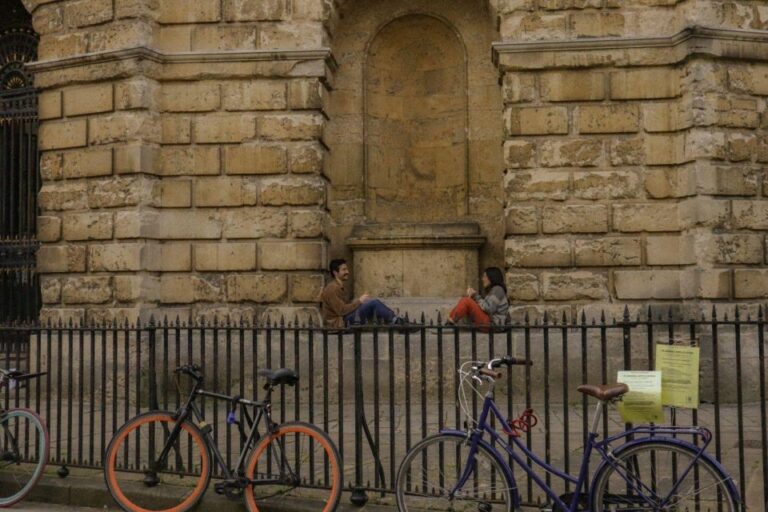The Manhattan Project Tour: Oppenheimer in New York offers a captivating glimpse into the secretive origins of the atomic bomb. Led by expert guides, you will uncover the pivotal role that Columbia University and its talented scientists played in this historic endeavor. From Pupin Hall to the Firemen’s Memorial, the tour weaves together the personal narratives of key figures like General Leslie Groves and Dr. J. Robert Oppenheimer, providing a unique opportunity to understand the complex moral and scientific challenges that shaped one of the most consequential developments of the 20th century. With scenic views and architectural gems along the way, this tour promises an engaging and thought-provoking experience that illuminates a pivotal chapter in history.
Key Points
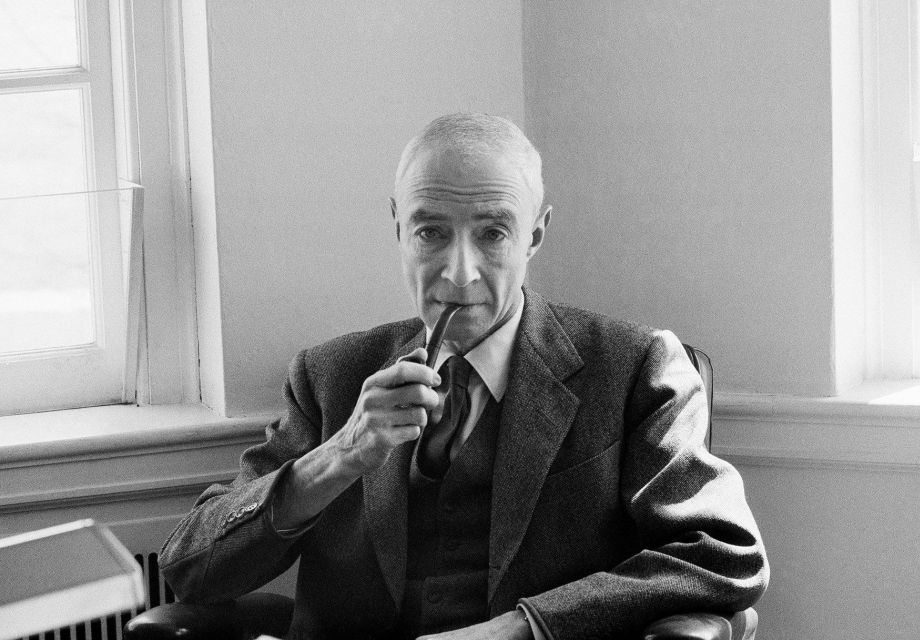
- Explore Manhattan’s role in the Manhattan Project, including key locations like Pupin Hall and Riverside Park.
- Learn about J. Robert Oppenheimer’s leadership as the scientific director of the top-secret government initiative.
- Discover the historical significance of the project, which led to the first successful atomic bomb test in 1945.
- Participate in a 2.5-hour walking tour with insights into the project’s origins and its impact on global dynamics.
- Enjoy a scenic journey along Riverside Drive and the Columbia University campus, with opportunities for photo-taking.
Tour Overview and Details
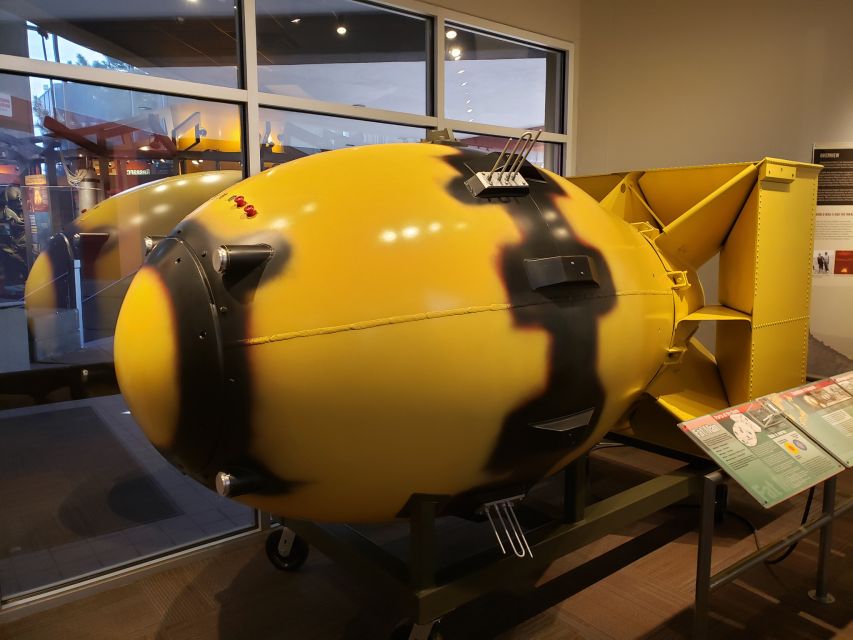
This Manhattan Project Tour offers a captivating journey through the historic origins of the atomic bomb, providing visitors with a comprehensive 2.5-hour exploration of the sites and events that shaped this pivotal moment in history.
Priced from CZK 1,524 per person, the tour includes a live guide and is wheelchair accessible, with the added convenience of free cancellation up to 24 hours in advance.
Participants can reserve their spot without upfront payment, making it an accessible and flexible experience.
The tour showcases the key locations in Lower Manhattan where the Manhattan Project commenced, offering insights into the project’s scale and the influential role of figures like Dr. Oppenheimer.
Historical Significance and Context
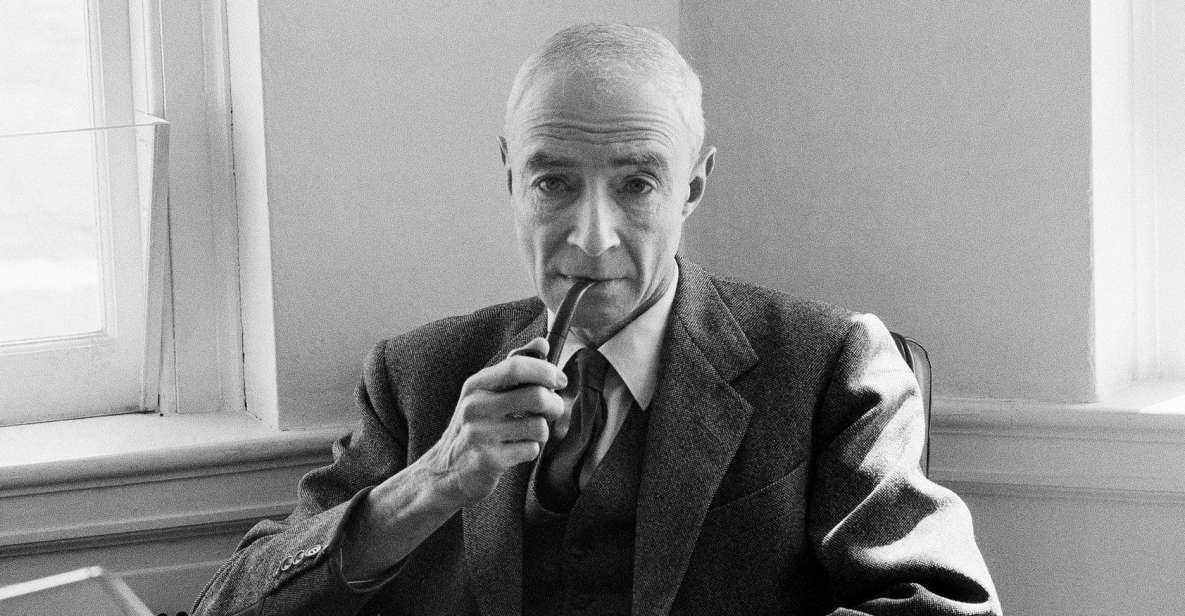
The Manhattan Project, a top-secret government initiative launched in mid-June 1942, gave rise to the development of the world’s first atomic bomb – a technological breakthrough that would forever change the course of history.
Under the leadership of General Leslie Groves, the project commenced operations in Lower Manhattan, with the renowned physicist Dr. J. Robert Oppenheimer serving as its scientific director.
The project’s origins can be traced back to growing concerns over Nazi Germany’s own nuclear research program, prompting the United States to embark on a race to develop the most devastating weapon imaginable.
This culminated in the first successful atomic bomb test in New Mexico on July 16, 1945, ushering in a new nuclear age.
Itinerary and Locations

The tour takes participants on a journey through Manhattan’s atomic history, with several key stops along the way.
It begins at the Miller Theatre on the campus of Columbia University, the location of the project’s initial office under General Leslie Groves. From there, the group visits Pupin Hall, home to the first cyclotron in the USA.
Next, they head to Riverside Park for scenic views and photo opportunities. The tour then moves on to the Firemen’s Memorial and Joan of Arc Park before arriving at the former building of physicist J. Robert Oppenheimer, the scientific director of the Manhattan Project.
At each location, visitors learn about the project’s origins and the scale of the historic undertaking.
Tour Experience and Highlights
Journey through Manhattan’s atomic history, exploring the project’s origins and the sheer scale of this historic undertaking.
Visitors can expect a scenic walk along Riverside Drive and the Columbia University campus, offering insight into J. Robert Oppenheimer‘s life and the pivotal role he played as the Manhattan Project’s scientific director.
Highlights include visiting the original project sites, such as Pupin Hall, where the first cyclotron in the USA was housed, and the Firemen’s Memorial, which provides stunning views of the city.
Along the way, the tour offers a unique perspective on the momentous events that led to the development of the atomic bomb, blending historical significance with the captivating architecture and scenery of New York City.
Practical Information
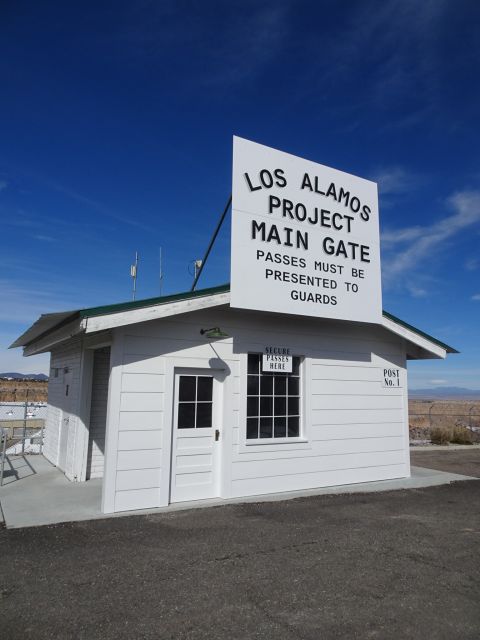
To begin the Manhattan Project Tour, visitors are to meet at the 116th Street Station, Columbia University, in front of the Miller Theater sign. Comfortable shoes and clothes are recommended, as the tour operates rain or shine. However, it isn’t suitable for individuals with mobility impairments. Additional costs, such as hotel pickup/drop-off, food, drinks, gratuities, and subway fare, aren’t included in the tour price.
The tour offers a unique opportunity to explore the historical origins of the Manhattan Project, which led to the development of the atomic bomb. Participants will embark on a journey through Manhattan’s atomic history, visiting key sites and gaining insights into the life of Dr. Oppenheimer and the project’s scale.
Meeting Point and Recommendations
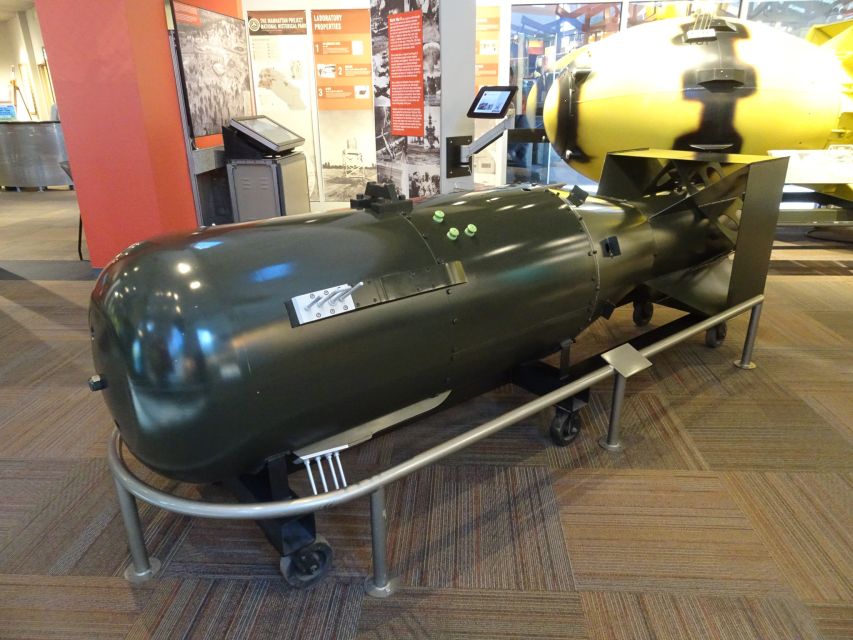
Visitors meet at the 116th Street Station, Columbia University, in front of the Miller Theater sign to begin the Manhattan Project Tour. Comfortable shoes and clothing are recommended, as the tour operates rain or shine, though it’s not suitable for those with mobility impairments. Additional costs, including hotel pickup/drop-off, food, drinks, gratuities, and subway fare, aren’t included in the tour price.
The tour provides a fascinating glimpse into the origins of the Manhattan Project, which led to the development of the atomic bomb. Participants will explore key sites associated with the project, including Pupin Hall, Riverside Park, and the Firemen’s Memorial, gaining insights into the pivotal role played by figures like J. Robert Oppenheimer in this historic endeavor.
Weather and Accessibility
The Manhattan Project Tour operates rain or shine, catering to visitors with varying comfort levels.
While the scenic walk along Riverside Drive and Columbia University is a highlight, the tour may not be suitable for individuals with mobility impairments. The tour is wheelchair accessible, but certain areas, such as the Firemen’s Memorial, may pose challenges for those with limited mobility.
Participants are advised to wear comfortable shoes and clothes, as the tour involves a moderate amount of walking.
Despite the weather conditions, the tour provides a unique opportunity to explore the historical sites associated with the Manhattan Project and gain insights into the life and work of J. Robert Oppenheimer.
Additional Costs and Considerations
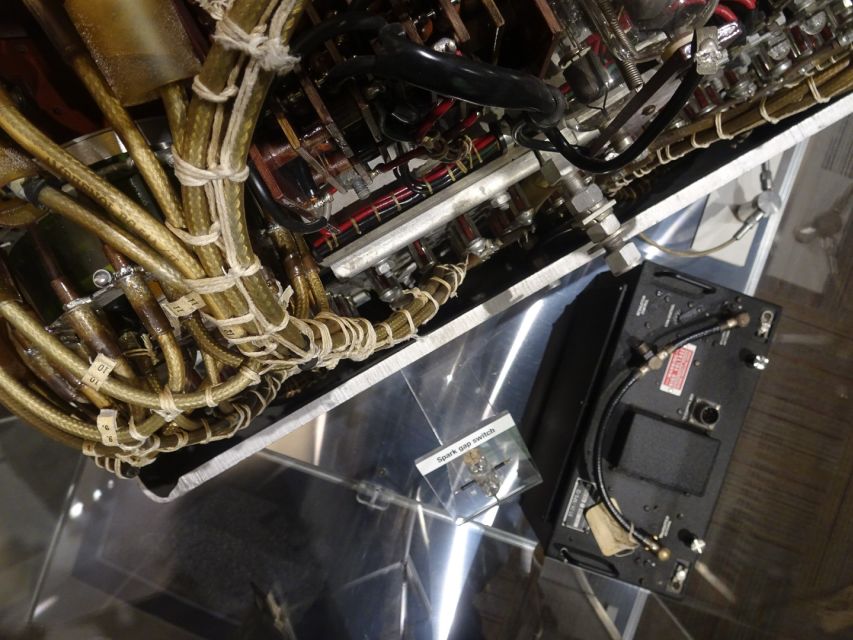
In an article titled ‘Manhattan Project Tour: Oppenheimer in New York’, it’s now time to discuss the additional costs and considerations.
Participants can expect to cover any additional costs, such as hotel pickup/drop-off, food, drinks, gratuities, and subway fare, out-of-pocket during the Manhattan Project Tour.
While the tour price includes a live guide and wheelchair accessibility, these optional extras aren’t part of the package, allowing visitors to customize their experience as needed.
Guests should also be prepared for the tour to operate rain or shine and ensure they wear comfortable shoes and clothes.
The tour isn’t suitable for individuals with mobility impairments, so visitors should carefully consider their physical abilities before booking.
Frequently Asked Questions
How Physically Demanding Is the Tour?
The tour involves a moderate level of physical activity, with a scenic walk along Riverside Drive and stops at various locations. It’s not suitable for those with mobility impairments, but generally accessible for most participants who can comfortably walk.
Can I Bring My Pet on the Tour?
Unfortunately, pets are not allowed on this tour. The tour is designed for pedestrian exploration, and the presence of animals could pose safety and accessibility issues for other participants. The tour operator kindly requests that visitors leave their pets at home.
Do the Tour Guides Provide Any Multilingual Services?
The tour guides offer multilingual services, allowing them to provide information and commentary in multiple languages to accommodate diverse guests. This ensures an inclusive and engaging experience for all participants, regardless of their primary language.
Are There Any Discounts Available for Students or Seniors?
Yes, the tour offers discounted tickets for students and seniors. Students can save 10% on the regular price, while seniors aged 65 and above receive a 15% discount. Guests should inquire about these options when booking the tour.
Can I Leave the Tour Group and Rejoin Later?
Yes, you can leave the tour group and rejoin later. However, it’s best to coordinate with the guide beforehand to ensure you don’t miss any key stops or information. The tour operates rain or shine, so plan accordingly.
Recap
The Manhattan Project Tour: Oppenheimer in New York offers a captivating exploration of the historic locations that shaped the development of the atomic bomb.
Through this 2.5-hour walking tour, participants explore the secrets of the Manhattan Project, guided by the insights of General Leslie Groves and Dr. J. Robert Oppenheimer.
Whether you’re a history enthusiast or simply seeking a unique educational experience, this tour combines architectural beauty and historical significance, leaving you with a deeper understanding of this pivotal moment in history.



